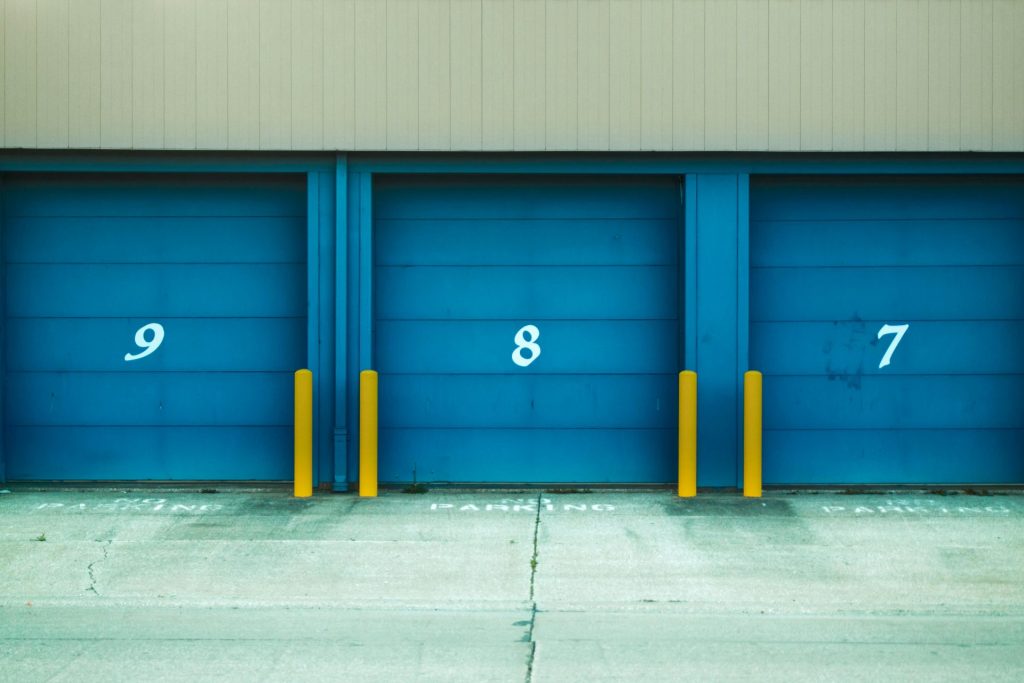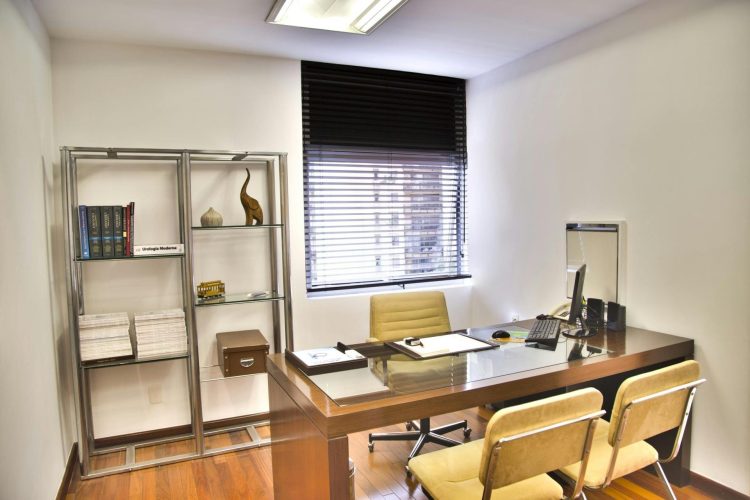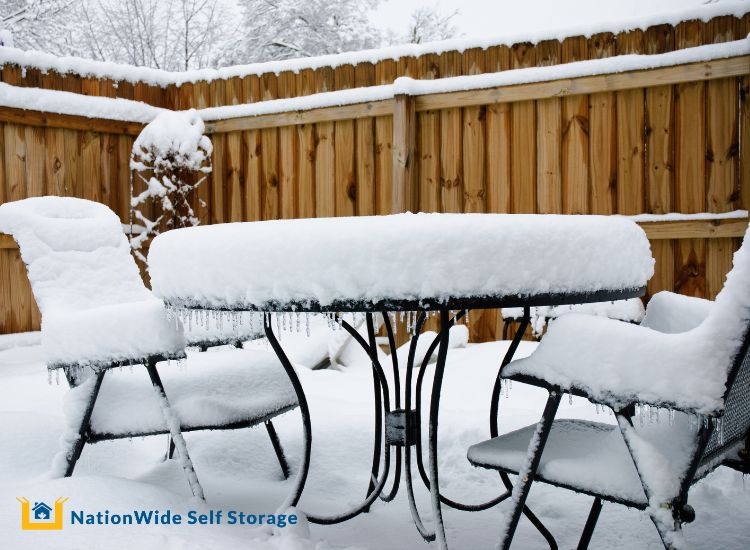January 07, 2025 | 5 minute read
How To Choose and Rent a Self Storage Unit
The Ultimate Guide to Renting a Self-Storage Locker
Renting a self-storage locker can be a lifesaver when you need extra space to store your belongings. Whether you’re downsizing, decluttering, or simply looking to organize seasonal items, self-storage offers a flexible and affordable solution. This guide will walk you through everything you need to know to make the most of your self-storage rental experience.

1. Determine Your Storage Needs
Before you start looking for a self-storage facility, it’s important to assess what items you’ll be storing. Are you storing furniture, seasonal items, documents, or something else? Knowing this will help you decide on the size and type of storage unit you need.
Make a list of the items you plan to store and categorize them by size and fragility. This will give you a better idea of the kind of space you need. Storage units come in various sizes, from small 5’x5’ lockers to larger 10’x30’ units, so choosing the right one can save you money and hassle.
2. Choose the Right Storage Facility
Location is key when choosing a self-storage facility. If you need frequent access to your items, select a facility close to your home or office. However, if you’re storing items you won’t need often, you can prioritize finding a more affordable option, even if it’s further away.
Besides location, other factors to consider include:
- Security: Look for facilities with gated access, security cameras, and on-site management to protect your belongings.
- Locking Mechanism: do you need your own lock or does the facility offer modern, state-of-the-art keyless access to your locker? Often with older storage facilities, you need to bring your own lock or combination lock. These can be a challenge especially of you forget to bring the key or the lock combination.
- Climate Control: If you’re storing delicate items like electronics, artwork, or furniture, opt for a unit with climate control to prevent damage from extreme temperatures and humidity.
- Access Hours: Some facilities offer 24/7 access, while others have restricted hours. Choose one that aligns with your schedule and needs.
3. Selecting the Right Storage Unit Size
Picking the right-sized unit is crucial. It’s tempting to go for a smaller, cheaper unit, but overstuffing a storage locker can damage your belongings and make it harder to access them. Here’s a basic guide to common storage unit sizes:
- 5’x5’: Ideal for small items, boxes, or seasonal decorations.
- 5’x10’: Good for storing the contents of a small bedroom, including a bed, dresser, and several boxes.
- 10’x10’: Suitable for storing the contents of a one-bedroom apartment.
- 10’x20’: Can hold the contents of a small house or several large items like furniture and appliances.
Some storage companies like NationWide Self Storage offer a storage calculator that you can use to estimate the size of locker you may need.
4. Packing and Organizing Your Unit
Proper packing is essential to making the most of your storage space and protecting your belongings. Here are some packing tips to keep in mind:
- Use sturdy boxes: Choose strong, durable boxes to avoid crushing and damage. Avoid using plastic bags, as they don’t provide adequate protection and can trap moisture.
- Label everything: Clearly label each box with its contents to make retrieval easier later on. Group similar items together, and keep an inventory list.
- Disassemble large items: Take apart furniture and other bulky items to save space and protect them from damage. Be sure to keep any screws and small parts in labeled bags attached to the corresponding item.
- Use vertical space: Stack boxes and use shelving units to maximize the vertical height of your storage unit. Place heavier items at the bottom and lighter, more fragile items on top.
- Create an aisle: Leave a small walkway in your unit so you can easily access items in the back without having to move everything around.
5. Maximizing Space in Your Storage Unit
To get the most out of your storage unit, think strategically about how you organize the space. Stack boxes and furniture in a way that creates the most room, and store items you’ll need to access frequently near the front. Shelving units can be a great investment to help you make the best use of vertical space and keep everything organized.
6. Understand the Costs and Terms
Before signing a contract, make sure you understand the costs involved. Most storage facilities charge monthly rental fees based on the size of the unit, but be aware of additional fees for things like insurance, late payments, or extended access hours. Some facilities may also offer discounts for long-term rentals or advance payments.
It’s also important to familiarize yourself with the facility’s rules, such as prohibited items (flammable materials, perishables, etc.), and whether or not you need to purchase insurance for your stored belongings.
7. Safety and Security
When renting a storage unit, prioritize security. Choose a facility with strong security features, such as keypad access, surveillance cameras, and on-site management. You should also consider investing in a high-quality lock for your unit to further protect your items.
The Benefits of Renting a Self Storage Unit
Renting a self-storage locker can be an efficient, cost-effective solution for managing extra belongings. By carefully selecting the right storage facility, packing your items properly, and staying organized, you can maximize the benefits of self-storage and enjoy the extra space and peace of mind it provides.
Popular Posts
-
A Better Way To Decluttering & Organizing
Instead of a room-by-room or little-by-little approach to decluttering, the KonMari Method™ encourages tidying by category – not by location – beginning with clothes, then moving on to books, papers, komono (miscellaneous items), and, finally, sentimental items.
Read More -
Storing Outdoor Furniture & Patio Accessories For Winter
Tips on storing outdoor furniture & patio accessories for winter. Instead of crowding your garage or basement, self-storage provides a safe, accessible location to store these items until warmer weather returns.
Read More



